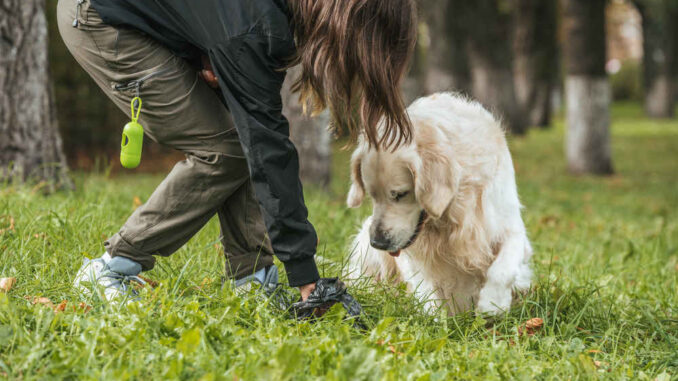
This article was updated on May 19th, 2023

When your dog’s poop resembles jelly and contains blood, it can be an alarming sight. Sometimes it points to a serious condition, but not always. In this article, our veterinarian Dr. Liz Guise reviews what it looks like, the most common causes, and how to help your dog.
Let’s talk about jelly-like poop with blood in dogs
Why do dogs have jelly-like poop with blood?
The jelly-like substance that sometimes appears in dog poop is actually mucus. The intestines generate mucus to lubricate the colon and keep things moving through the system. Without it, your dog could suffer from constipation or have to strain super hard to push poop out.
Mucus is usually part of your dog’s poop, but you may not notice it unless there’s a lot. When you see copious mucus or if there’s blood present, it could point to a health issue. So, it’s important to call your vet.
What does jelly-like dog poop with blood look like?
Jelly-like poop in dogs can have many different appearances. It may look like slimy brown jelly with some blood in it. If it’s bloody diarrhea, it can appear to be strawberry or raspberry jam, as shown on the picture below:
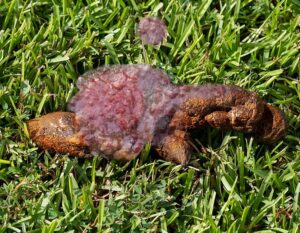
Dogs with jelly-like poop (similar to the picture above) may be suffering from colitis, intestinal parasites, irritable bowel syndrome, parvovirus, or hemorrhagic gastroenteritis.
On the other hand, the poop may be tarry because it contains digested blood (melena):
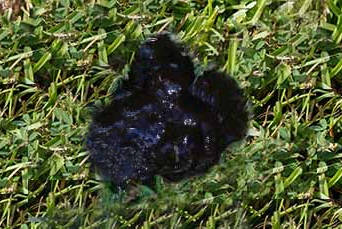
Dogs with dark red to black poop (as pictured above) may have stomach ulcers, a blood clotting disorder, post-surgery complications, or accidental blood ingestion.
What causes jelly-like substances with blood in dog poop?
There are various reasons you may see mucus and blood in your dog’s stool. Some causes are benign, while others require veterinary care. When you see diarrhea or mucus-infused poop with blood, set up an appointment with your veterinarian.
1. Irritable bowel syndrome (IBS)
IBS is irritation of the intestines. Dogs with IBS have jelly-like mucus and often traces of blood in their poop.
How do you know if your dog has IBS? Dogs with IBS often have bouts of diarrhea are frequent and can be explosive. Other symptoms include nausea, vomiting, and a painful abdomen.
This disease can be caused by stress, allergies, infections, or overuse of antibiotics. It’s usually a chronic condition that can be mild, moderate, or severe. Treatment is often lengthy and requires several follow-up visits. The cost of treatment can range from $500-$3,000, depending on the severity of the condition.
2. Colitis
Colitis in dogs is inflammation of the large intestine or colon that can cause jelly-like stools.
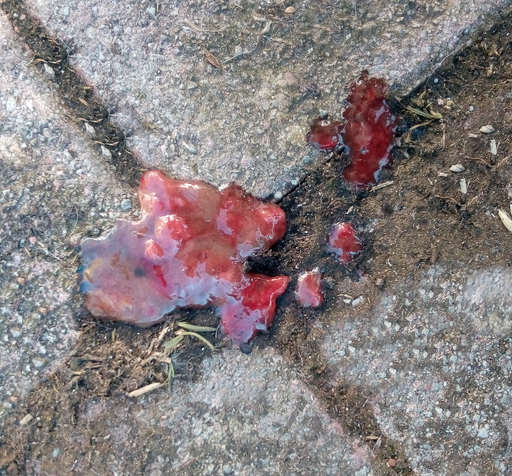
How do you know if your dog has colitis? Symptoms of the condition include frequent bouts of loose stools or diarrhea with blood and vomiting. Dogs with colitis may strain during or after defecation.
Causes of colitis include genetic predisposition, allergies, parasites, stress, or infections. The severity depends on the type and cause of the disease. How your veterinarian treats colitis varies. Depending on the cause, they may call for antiparasitic drugs, nutritional management, anti-inflammatory medications, intravenous fluids, or antibiotics. The cost of treatment can vary from $500 for mild bouts to over $1000 or more for severe cases.
3. Roundworms
Roundworms are a common intestinal parasite in dogs. Although infestation occurs most often in puppies, dogs of all ages can be infected.
How do you know if your dog has roundworms? When a dog has a case of roundworms, he’ll have diarrhea with mucus and streaks of blood, a distended abdomen, a rough hair coat, and poor growth (puppies). Your pup may also vomit up worms or pass them in the stool, as shown in the picture below.
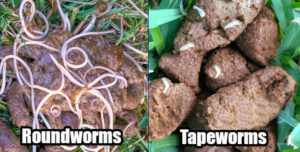
If you suspect roundworms, take a fecal sample to your veterinarian.
Dogs can get roundworms by licking or sniffing infected dog poop. The most common route of infections in puppies is from their mother. Pups of all ages can also pick up the parasite eggs if they eat infected carcasses of rodents, earthworms, and birds. The severity of the condition can range from asymptomatic to stunted growth.
Treatment is easy and involves the administration of antiparasitic medications that kill adult worms. Depending on the severity of the infestation and your dog’s size, the cost of treatment can range from $75-$300.
4. Hookworms
An intestinal parasite, hookworms attach to your dog’s intestines and suck blood.
How do you know if your dog has hookworms? These worms will irritate your pup’s gastrointestinal system and cause anemia, weakness, poor growth, and bloody diarrhea.
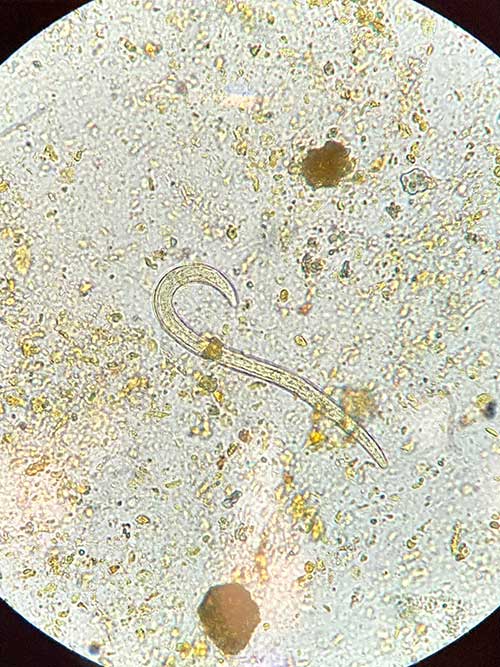
Similar to roundworms, dogs can get hookworms by ingesting the eggs, and pregnant bitches can pass the larvae through the placenta to developing puppies. Puppies can also pick hookworms from infected mothers when they nurse, and the parasites can pass through the skin. Also, like roundworms, hookworms can be treated with anthelmintic drugs, and the cost of the medications ranges from $50-150.
Related post: worms in dog’s poop: a vet explains.
5. Giardia
Giardia is a parasitic infection that is quite common in dogs. It is typically contracted through ingesting contaminated water or feces that contain the Giardia parasite.
How do you know if your dog has Giardia? Giardia can cause profuse, watery diarrhea, which usually has a green color. Other symptoms include foul-smelling gas, vomiting, loss of appetite, and lethargy.
To get an infection, dogs must ingest the cysts from food, water, feces, or another contaminated surface. Pups with Giardia may be asymptomatic or have severe disease, and everywhere in between.
Treatment involves antibiotics and may include IV fluid administration if your dog becomes dehydrated from diarrhea. The cost of treatment is usually $50-$200 if there are no complications.
6. Parvovirus
Canine parvovirus is a viral disease that affects the intestines of dogs and causes acute illness. It’s highly contagious and most commonly affects animals between 6 and 20 weeks old, but it’s not limited to puppies. Adult dogs can also get Parvo.
How do you know if your dog has parvo? Parvo symptoms include fever, vomiting, bloody diarrhea, and depression.
Parvovirus passes through dog-to-dog contact or contaminated feces, surfaces, or people. It produces a severe disease that can be fatal. With continual vomiting and diarrhea, infected dogs suffer from severe dehydration, and the virus attacks the intestines, causing septic shock. Treatment involves supportive care with IV fluids, anti-nausea drugs, preventative antibiotics, and other medications. If hospitalization is required, the cost of care can run from $500-$3000.
7. Acute Hemorrhagic Diarrhea Syndrome
Acute Hemorrhagic Diarrhea Syndrome (AHDS) usually has a sudden onset in healthy dogs, and the cause is uncertain.
How do you know if your dog has AHDS? Characterized by voluminous bloody diarrhea that’s often bright red and vomiting, it can affect any age or breed of dog but seems to be more common in toy breeds. Other symptoms may include fever, lethargy, lack of appetite, and fever.
Although not yet determined, proposed causes of the disease include allergic reactions, immune-mediated diseases, toxins, pancreatitis, stress, and several others. The disease is quite severe and can cause death if left untreated. Treatment may include emergency and supportive care and antibiotics. It can cost anywhere from $500-$2000 or more.
How will I know when it’s time to call my vet?
Any time you see blood in your dog’s poop, call your vet. While some conditions that produce this clinical sign aren’t that serious, others, like hemorrhagic gastroenteritis, are. So don’t take any chances.
How will my vet diagnose what’s causing jelly-like mucus in my dog’s poop?
When you bring your dog in for a checkup because they have jelly-like mucus and blood in their poop, bring a sample. The doctor will perform a general exam and look at the feces.
The color of the blood and mucus can help them pinpoint the diagnosis. If the poop has a red color, it may point to conditions in the lower intestines or colon, while dark stool indicates the blood probably came from the stomach or upper intestines.
Mucus can take on several colors, and each can be an indicator of certain conditions.
- Clear mucus often means your pooch is experiencing problems in the large intestine
- A yellow/tan color can point to parasites or liver/gallbladder issues
- Red mucus or poop that looks like strawberry jam indicates inflammation of the gastrointestinal tract
- Blackish-colored jelly probably means there’s bleeding in the upper digestive tract
- Orange mucus may mean your pup has an immune-mediated disorder
Depending on the findings from your pup’s physical exam and the character of the feces, your veterinarian may run further diagnostic tests such as:
- Blood tests
- Fecal cultures
- X-rays or ultrasounds
- Biopsies
- Endoscopy
How do you treat dogs when they have jelly-like mucus in their poop?
The treatment for mucus in the poop varies depending on the underlying cause of the symptoms, as outlined below. You can also read our page about Home Remedies to Help A Dog With Poop That Looks Like Jelly With Blood.
- IBS – Dogs with IBS may receive antidiarrheal drugs and probiotics to soothe the gut and restore balance to the microflora. Long-term treatment focuses on dietary management to prevent a recurrence. When a pup has IBS, they should be fed highly digestible food that’s high in fiber. Depending on the severity, treatment can cost $500-$3,000.
- Colitis – Depending on the reason your pooch has colitis, treatment may include anthelmintic drugs, antibiotics, and dietary management. As long as the colitis is uninvolved or intermittent, treatment should cost only $500 per episode. Severe cases can run over $1,000.
- Supplementing with probiotics
- Adding fiber to the diet
- Feeding a bland diet like boiled chicken and rice
- Parasites – If your pooch has hookworms or roundworms, they can be treated with anthelmintic drugs. The total cost of treatment ranges from $50-$150, depending on the severity of the infestation.
- Giardia – Pups with Giardia may receive anti-inflammatory and antiprotozoal drugs and be put on a bland diet. If the vomiting and diarrhea are severe, your pooch may also require IV fluids. The cost of treatment is often $200 or less as long as your dog doesn’t require hospitalization and supportive fluids.
- Parvovirus – Treatment for parvovirus is supportive and usually includes IV fluids, anti-diarrheal, and antiemetic medications. Because hospitalization is usually required, the cost of treatment is quite high and often averages between $500 and $3,000. However, in severe circumstances, the cost can be much higher.
- Acute Hemorrhagic Diarrhea Syndrome – Dogs may require IV fluids as part of the treatment for AHD. Your veterinarian may also prescribe antibiotics and antiemetics to treat the symptoms. It can cost between $500 and $2,000 or more to treat the disease.
Is there anything I can do for my dog at home?
If your dog has poop that looks like strawberry or raspberry jam, contact your veterinarian immediately. However, if the mucus is clear to tan or yellow and has some blood, you may do some things at home to support your fur baby.
Give your dog liquids – Encourage your pooch to drink and provide fresh, clean water. If they are reluctant to take a drink, you can add some low-sodium chicken broth or try unflavored Pedialyte.
Give your dog probiotics – Give your pup a high-quality probiotic to help them recover from diarrhea.
Feed a bland diet – Try offering them a bland diet. You can use boiled hamburger or chicken mixed with a digestible grain like rice. There are also some easily digestible dog foods available.
Learn more with our Home Remedies to Help A Dog With Poop That Looks Like Jelly With Blood.
Talk to a dog veterinarian now for just $1:
When in doubt, you can chat with a licensed veterinarian online now to discuss your dog’s situation, for just $1. Connect now with a veterinarian, or start a chat below:
Rates may differ for those residing outside the U.S. You’ll have access to a vet for 7 days.
Other indications you need to talk to your pup’s doctor include:
- Copious diarrhea more than a few times in one day
- Black, tar-like feces
- Vomiting more than once or twice, particularly if it includes blood
- Lethargy, weakness, pale gums, or loss of appetite
As soon as you see jelly-like poop and blood, collect a sample in a Ziploc bag and call the clinic. Describe the stool and any other symptoms. If your pooch has no other symptoms, the doctor may recommend observation for a few days and bringing in the fecal sample for analysis.
Can I do anything to prevent mucus in my dog’s poop?
The best way you can prevent this from happening again is to promote your pup’s gastrointestinal health. You can do this by observing several routine practices.
- Give monthly heartworm preventatives. These medications also help to prevent intestinal parasites.
- Keep your pooch up-to-date on vaccinations to prevent infectious diseases.
- Supplement Fido’s diet with probiotics to boost gut health. Check with your vet for recommendations.
- Avoid table scraps and rich foods.
- Feed a quality diet.
Learn more about Blood and Mucus in Dog’s Poop & What It Means, or Mucus in Dog’s Poop. If your dog is a puppy, consider reading our article about Blood in a Puppy’s Poop.
Related posts:
Disclaimer: This website's content is not a substitute for veterinary care. Always consult with your veterinarian for healthcare decisions. Read More.


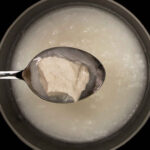





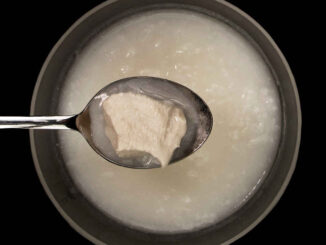
Be the first to comment